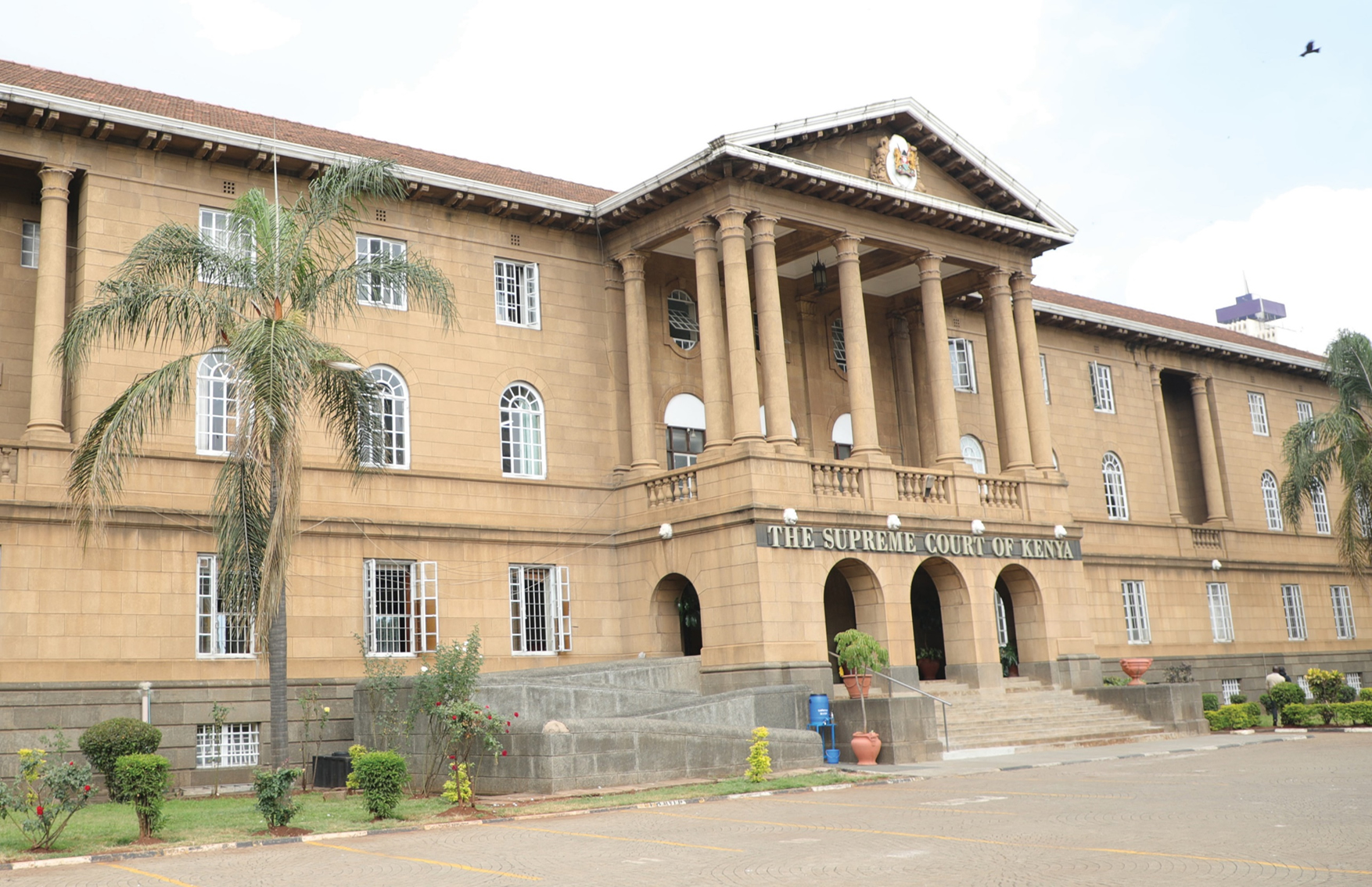History of the Supreme Court Building
The Supreme Court Building is a classic example of colonial administration architecture. The building was designed in 1929 by Sir Herbert Baker in a neo classical style. The foundation stone was laid by Sir Edward Grigg, Governor of Kenya colony on 7th July 1930 and was built in 1931.
It has played host to many high-profile visitors including Hilary Clinton, who visited in 2012 as Secretary of State, and H.E Kofi Annan, who visited several times.
Outside the main public entrance is the “Hamilton Fountain”, which is a bronze statue of a blind naked boy holding a large fish. The statue was put up during the reign of Sir Robert Brooke, a Kenyan British colonial government governor in honour of lawyer Alexander George Hamilton, a man who stood for justice and died in 1937.
The statue, which was commissioned by the lawyer's wife, Gertrude Hamilton, is meant to portray justice as blind, naked and slippery and at the same time as fearless as a boy.
The building’s usage has changed over time. It originally housed the Provincial Headquarters, offices of; the Inland Revenue, Chief Justice, Registrar, East African Court of Appeal and the High Court. The Court rooms and Magistrates’ chambers occupied the ground floor. The basement had police and prison cells to hold offenders before they appeared for their hearings.
After independence, the Provincial Headquarters and the Inland Revenue Office were moved to the Old Jogoo House. The building was then renamed “The High Court”. Currently, it houses the Supreme Court, Court of Appeal and administrative offices.
The building is a national heritage by virtue of its rich history and architecture. On 1st December, 1995 it was classified as a national monument under the Antiquities and Monuments Act. The basement containing the police cells was renovated and now houses the Judiciary Museum, which is open to the public.
